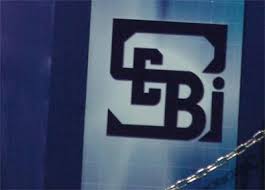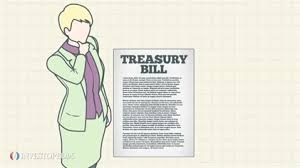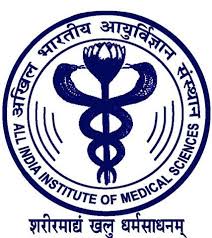As we all know, the Indian Financial Sector took a great leap in the year 1991, reasons being the financial reforms and Liberalization policy.consequently, the volume of business in primary and secondary sectors grew significantly in a short span of time.But Globalization, which was a part of the same reform process impacted Indian Financial System is a different way too, i.e. It made the Indian Financial System quite vulnerable to the external impacts.In order to tackle these frequent disturbances, which the crests and troughs in the wave of globalization were creating in the medium of finance, a strong, autonomous, statutory organization was much needed to facilitate the smooth functioning of the Indian Financial System.
Securities and Exchange Board of India(SEBI) as a cure to all the anticipated financial illness, came into being on April 12,1988, with the objective to protect the interest of investors in securities and to promote the development of, and to regulate the securities market.But, it became a statutory body in 1992.With this, the regulatory powers of SEBI were enhanced through certain amendments. SEBI is a fully autonomous body, under ministry of Finance, government of India.
SEBI was mainly established in order to eradicate the confusion which could be created among market participants if we would be having multiple regulatory bodies.Through the SEBI, the regulation model which has been introduced in India is one in which every aspect of securities market regulation is entrusted to a single highly transparent and independent organization.SEBI is a body of six members comprising the chairman, two finance officials from central government, two members who are professionals having a good sort of experience in the securities market, and one member from the RBI.The work of the SEBI has been divided into five operational departments,headed by the executive directors who report to the chairman.The departments in the SEBI are:
*The Primary Market Policy, Intermediaries, Self-Regulatory Organizations, and Investor Grievance and Guidance Department.
*The Issue Management and Intermediaries Department.
*The Secondary Market Policy, Operations and Exchange Administration, New Investment Product and Insider Trading Department.
*The Secondary Market Exchange Administration, Inspection and Non-member Intermediaries Department.
*Institutional Investment (Mutual Funds and Foreign Institutional Investment), Mergers and Acquisitions, Research and Publications, and International Relations and IOSCO Department.
Click here for government certification in Accounting, Banking & Finance





34 Comments. Leave new
Well compiled
Thanks Vinita!
nice information presented in a good way
Thanks Vasu!
very well done.
Thanks Chandni!
Informative as well as informative
Informative as well as interesting*
Thanks Anirudh!
Very well explained!
Thanks Jannat!
informative 🙂
Thanks Shubhangi
nice 🙂
very nicely explained article!
Thanks Himanshi!
Great job..!
THanks Anjali!
Good work. …..but as a suggestion, you could have included about the real cases SEBI had to face as in crisis something like that…. As in about more practical situation
yeah, i appreciate your suggestion!but, its just dt i wanted to keep it laconic! Thanks!
good work!
Thanks Megha!
Well reseached.. Thats for all the information 🙂
Thanks Saumya!
Thanks*
Thanks Saumya!
Well compiled !
Thanks Shaily!
nice work!
Thanks Dipesh!
Good job, Aman!
Thanks Shaily!
Thanks Shaily!
Informative!